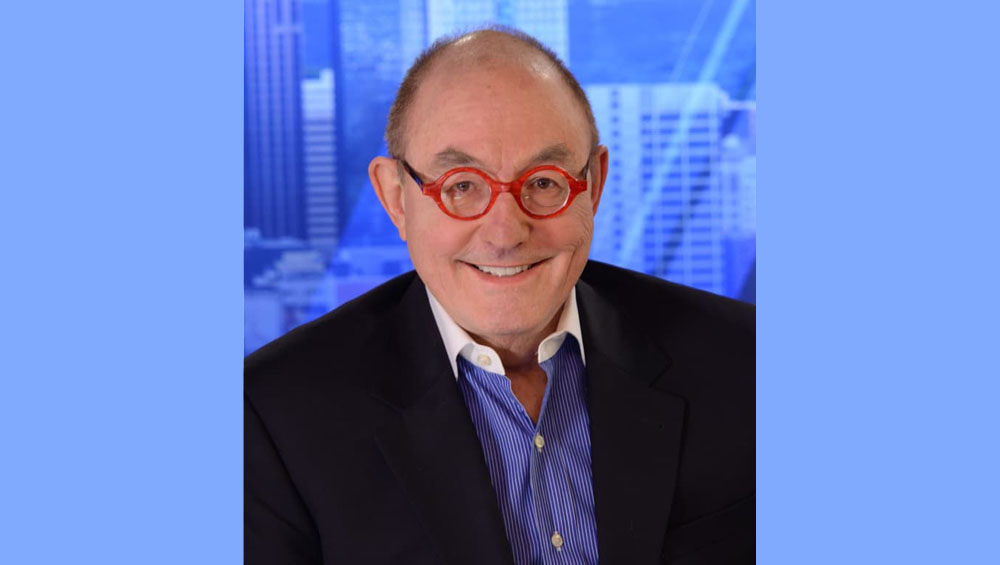
The Price Point | WarnerMedia-Discovery Deal Exposes Achilles’ Heel

AT&T’s decision to spin off its media assets to a new enterprise run by Discovery CEO David Zaslav may be the company’s smartest move since introducing dial telephones.
On paper, AT&T stockholders will own the majority of the new company, but don’t be fooled. While AT&T has bumbled through multiple media heads, confusing brand names and poor customer service, Zaslav has built Discovery into a genuine force. Known for his clear-eyed thinking, willingness to make hard decisions and lack of sentimentality, Zaslav appears to be the right person to make sense of a diverse group of video assets.
Coming on the heels of its DirecTV spinoff, this announcement is also an acknowledgement by AT&T that it knows how to string wires, but not what to do with them.
The bigger question, of course, is what does this all mean? The press release says it is a streaming play along with the obligatory claim that “the new company will be able to invest in more original content, enhance the programming options across its global linear pay TV and broadcast channels and offer more innovative video experiences and consumer choices.” Some of that may be true.
Hyperbole aside, let’s take all this to its logical conclusion.
It is possible for some brands to stand alone with Netflix, Amazon Prime and Hulu being examples. However, consumers tend to see those brands as aggregators, offering a wide diversity of program choices. That is the play AT&T hoped to make with HBO Max.
The problem comes with the programming that consumers watch, but do not like enough to for which to pay a premium fee. I pay over $200 a year for Netflix, but I would never pay that much for the Discovery Channel alone. In order to be viable, Discovery must be bundled with other channels, which is the basic cable model.
Just last week, a rural friend of mine with a new high-speed internet connection asked for advice on dropping her Dish Network subscription in favor of apps. Rather than give her an opinion, I sent articles and links to the various app offerings, including the virtual cable-light providers.
A few days later, she sadly told me she had decided to keep Dish. She had hoped to cut her costs to just four channels: DIY Network, the Hunting Channel, Fox News and weather on her local NBC affiliate. Trying to buy just those channels required buying a lot of other things. Together, they would have cost less than Dish, but not enough to make changing worth the trouble.
The challenge for David Zaslav in today’s streaming environment — and it is a big one — is to monetize his lesser channels at a price consumers are willing to pay. Zaslav even admitted this in his press release: “During my many conversations with John [Stankey, AT&T CEO], we always come back to the same simple and powerful strategic principle: these assets are better and more valuable together.”
How ironic it will be if the ultimate outcome of the wholesale rush to streaming will be an aggregation model similar to cable.
Mega-mergers are driven by hopes and dreams for the future, but never forget that the consumer only cares about one thing: the product. That is the challenge for the new world of mega-streaming. It is also the Achilles’ heel.
Hank Price is a media consultant and leadership coach. He is the author of Leading Local Television, a guide to leadership for television general managers, as well as those who aspire to top leadership. Price spent 30 years managing TV stations for Hearst, CBS and Gannett, including WBBM Chicago and KARE Minneapolis, as well as three other stations. Earlier, he was a consultant for Frank N. Magid Associates. Price also served as senior director of Northwestern University’s Media Management Center and is currently director of leadership development for the School of Journalism and New Media at Ole Miss. He is the author of two other books.
































Comments (2)
tvn-member-1409622 says:
May 18, 2021 at 10:03 am
“How ironic it will be if the ultimate outcome of the wholesale rush to streaming will be an aggregation model similar to cable.” If?
RIDGELINE-TV says:
May 19, 2021 at 3:19 pm
Here’s how it works in a nutshell: Broadcasters and cable networks have raised the price of their fare so much that cable subscribers are balking at the prices and dropping cable/satellite.
Now these viewers are trying out the streaming services, but are very unhappy that they don’t get the channels, sports, etc. they once had. So they pressure the streaming companies to add more channels. Meanwhile, cable networks are forcing streamers to add more and more of their channels (all or nothing!)
The streamers now have to raise their prices. More churn. More of the same. Streamers are becoming cable TV. No “if” to the conversation.
And let’s not forget that most streamers are trying to keep the “broadcast” channels out of their packages. Those channels are the ones raising prices the most these days.
So that means NAB must go on the offensive and lobby Congress to make streamers put “broadcast” channels on their lineups. Basically, add Must Carry / Retransmission Consent requirements. This will simply equal HIGHER PRICES, more churn and unnecessary channel duplication because many viewers can get those channels for free OTA.
Oh, wait, you mean “broadcasters” are not telling viewers their channels can be had for free??? Yep, got to ride that Retransmission money until cable / satellite collapse completely.
The problem then for “broadcasters” is everyone has forgotten about broadcast channels… The real irony of this is “broadcasters” are really killing themselves…